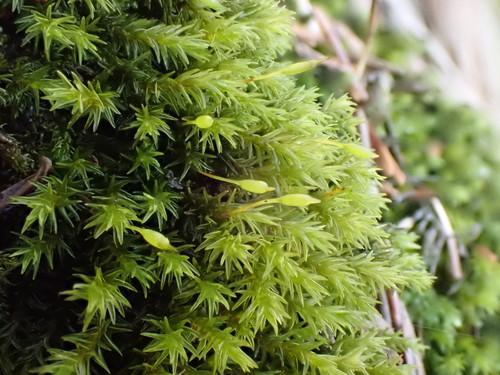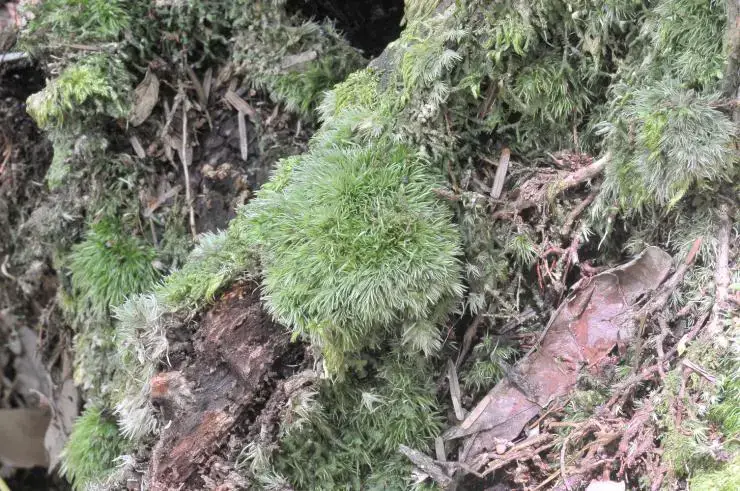
medium.jpeg from: https://www.inaturalist.org/taxa/129655-Racomitrium-aciculare
Racomitrium pseudopatens: The Remarkable Moss of the Grimmiaceae Family

7037e79d418c961c5141889e083833ce.jpg from: https://taieol.tw/muse/digi_object/2355523fe7d6b11d4b7a8ac495911fd7
Introduction
Mosses may be small, but they play a big role in many ecosystems around the world. One particularly fascinating moss is Racomitrium pseudopatens (Müll.Hal.) Paris, also known simply as Racomitrium. This unique moss of the Grimmiaceae family has some remarkable adaptations. In this post, we’ll dive into the details of this intriguing bryophyte.
Background on Mosses
Mosses are non-vascular plants in the division Bryophyta. There are over 12,000 moss species found on every continent. As pioneers, they are often the first plants to colonize bare rock and soil. Mosses lack true roots, instead absorbing water and nutrients through their leaves. Most mosses, including Racomitrium, reproduce via spores rather than seeds.
Morphology and Identification
Racomitrium pseudopatens forms loose tufts or mats, with individual stems reaching 2-5 cm tall. The linear-lanceolate leaves are 2-4 mm long, with a long, narrow acumen (leaf tip). A key identifying feature is the distinct alar cells – large, inflated, and often colored cells at the base angles of the leaves.
The leaf margins are recurved and the costa (midrib) is strong, extending to the acumen. Capsules are cylindrical and slightly curved, borne on a seta (stalk) 5-12 mm long. Spores are released from the capsule through a ring of teeth called the peristome.
Global Distribution and Habitat
Racomitrium pseudopatens has a scattered global distribution, found in:
- Asia
- Africa
- South America
- Australia
- New Zealand
This moss inhabits exposed acidic rock in montane regions from 1000-4000 meters elevation. It tolerates high winds, intense sunlight, and freezing temperatures. Racomitrium often grows with other hardy mosses like Andreaea and Grimmia species.
Ecological Roles and Adaptations
As a pioneer species, Racomitrium pseudopatens helps build soil and pave the way for other plants to grow. The dense mats help stabilize rock surfaces, retain moisture, and provide habitat for microorganisms.
Racomitrium has several adaptations to harsh montane conditions:
- Thick cell walls prevent water loss
- Dark pigments protect chlorophyll from UV damage
- Alar cells aid in water uptake and retention
- Narrow, recurved leaves reduce surface area and transpiration
| Characteristic | Adaptation |
|---|---|
| Thick cell walls | Prevent water loss |
| Dark pigments | Protect chlorophyll from UV |
| Alar cells | Aid water uptake & retention |
| Narrow recurved leaves | Reduce transpiration |
Conclusion
Racomitrium pseudopatens may be small, but it is mighty, pioneering some of Earth’s harshest habitats. Its unique adaptations allow it to thrive where few other plants can. Next time you’re hiking a windswept mountain ridge, take a closer look – you may just spot this remarkable moss making its home on the rocks. What other secrets might these tiny plants hold?